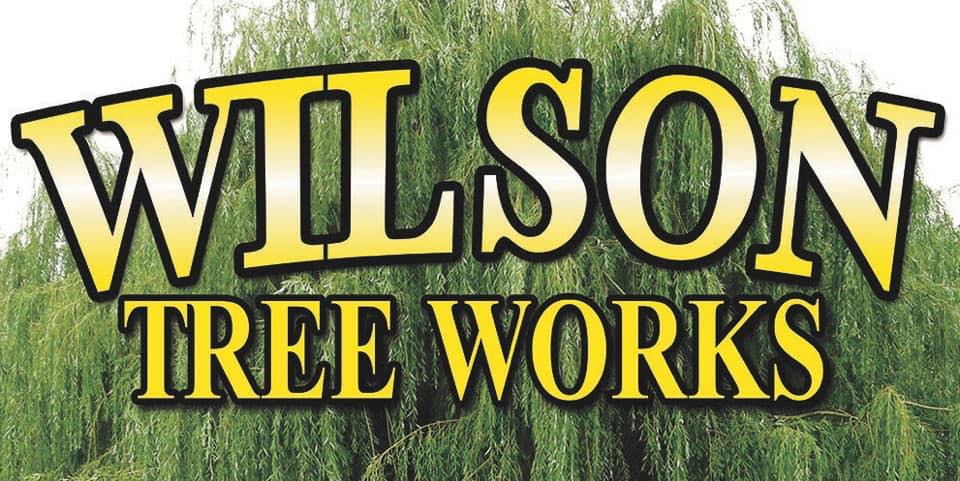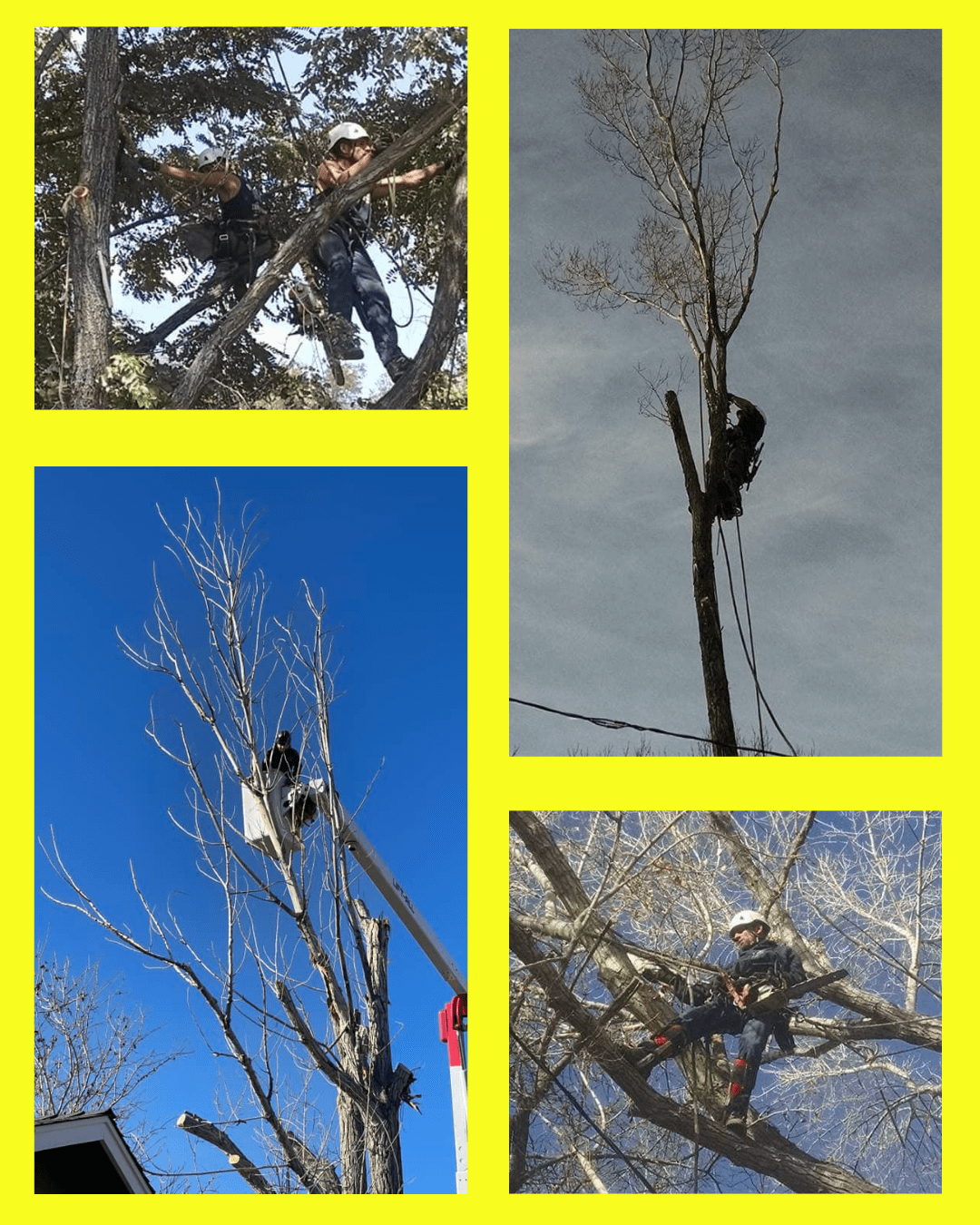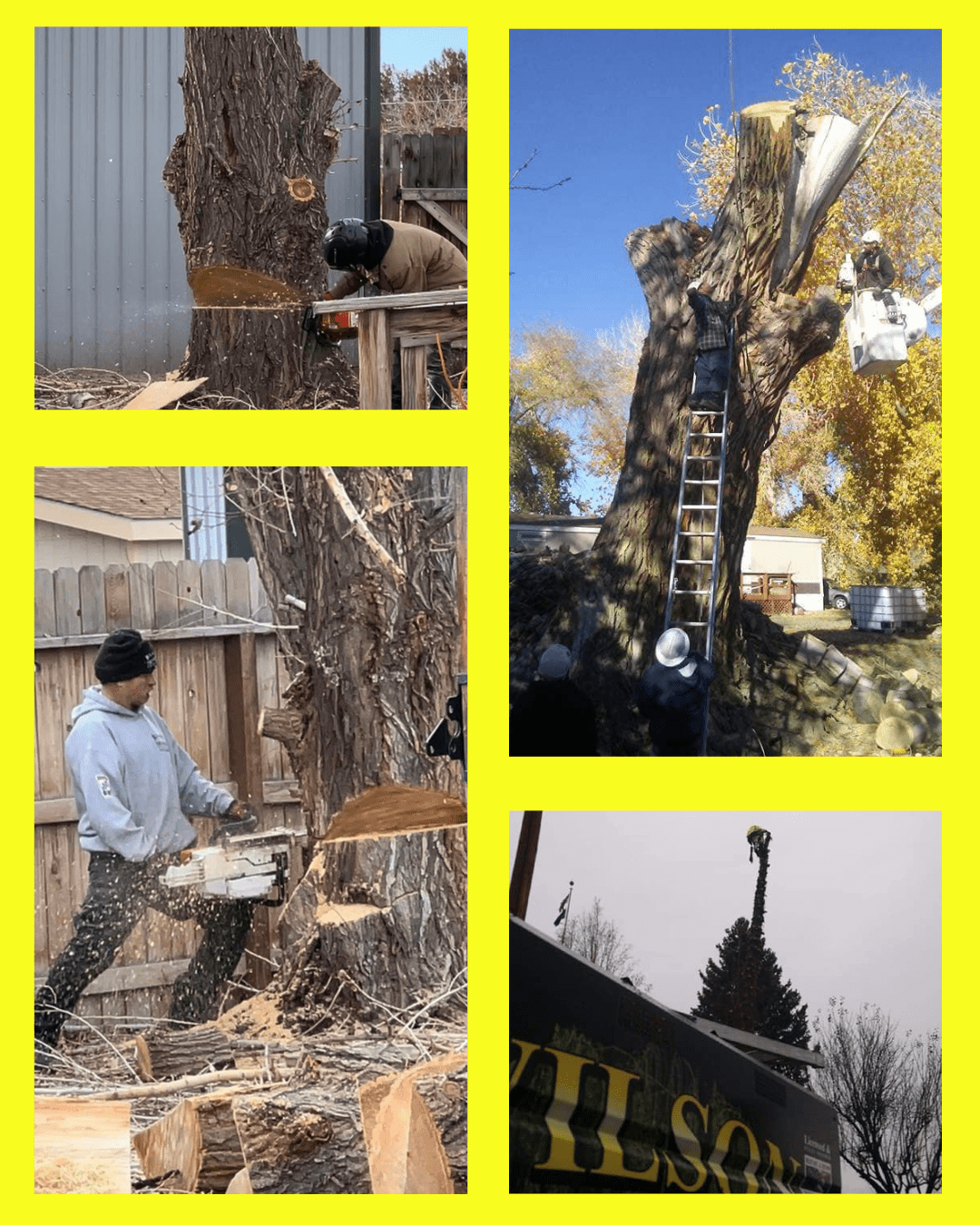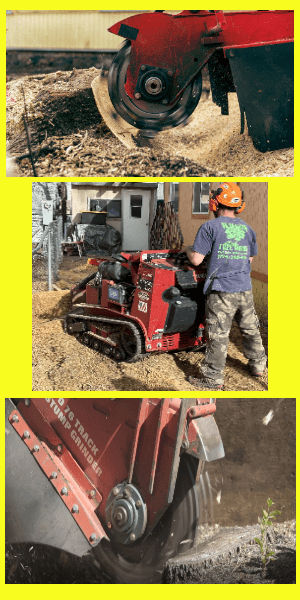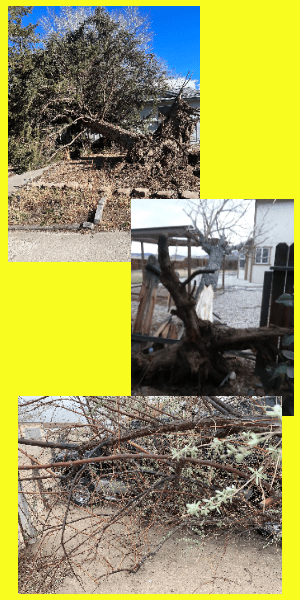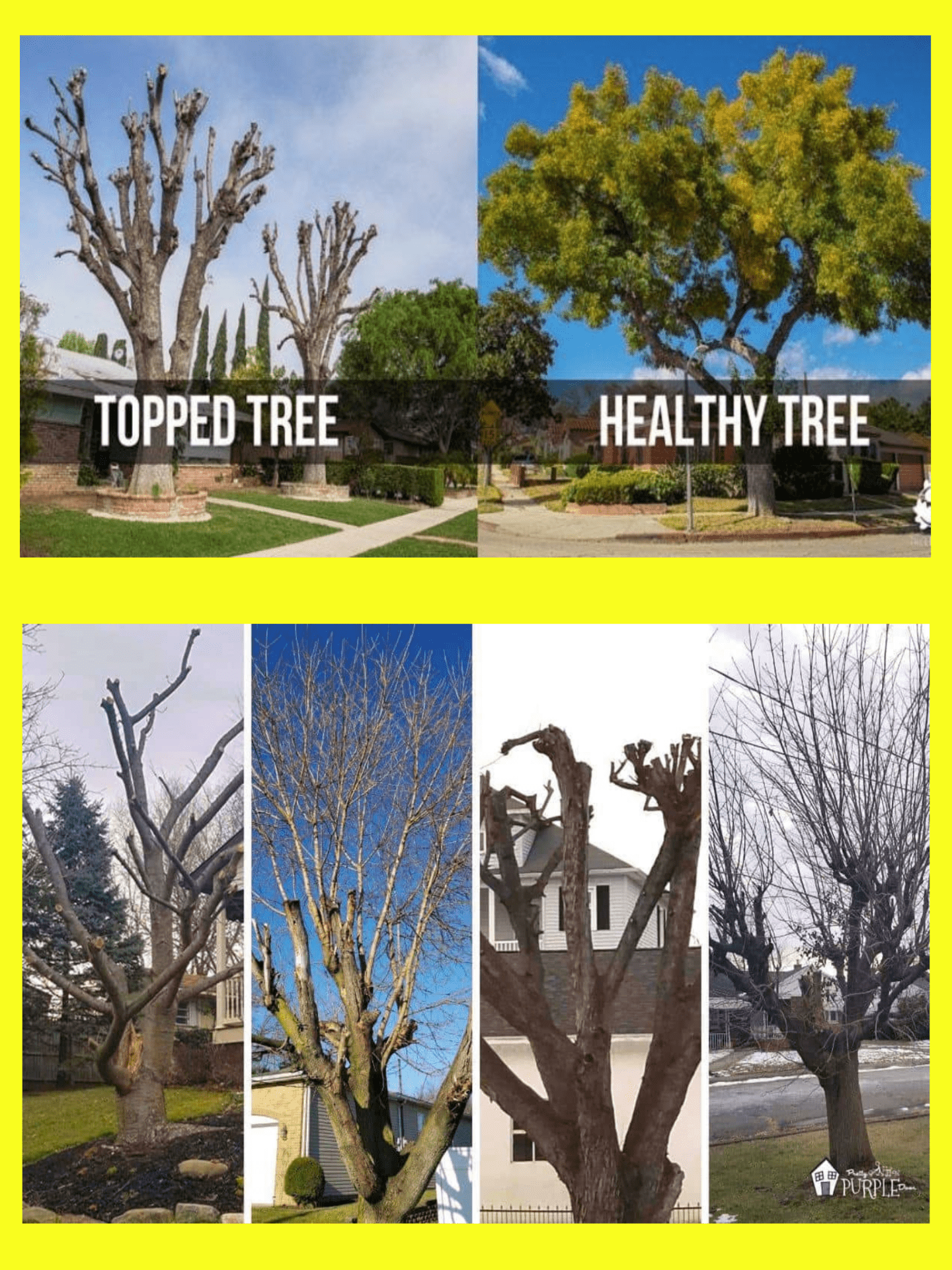Wilson Tree Works »
PROFESSIONAL, AFFORDABLE, RELIABLE
ISA Certified Arborists
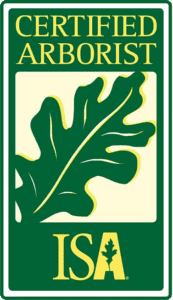
The Tree Service You Can Trust
Services Provided By Wilson Tree Works to Residential & Commercial
Properties Since 2010
Trees are naturally beautiful, but they don’t always grow the way we want them to. A maple that was once perfectly in place starts growing a little too close to the house. There’s one limb on your oak that bends all the way to the sidewalk, and the growth of your aspen is just getting out of hand. Wilson Tree Works has solutions to your tree maintenances needs.
Aesthetics aside, our professionals can prune your tree to keep it strong and healthy. Proper pruning can allow the tree to get better sunlight and airflow to prevent tree disease and insect problems. Tree trimming and pruning can also help prevent large branches from breaking our Northern Nevada storms. The benefits of trees extend far beyond the beauty they bring to the landscape. Trees give off oxygen, reduce the amount of stormwater runoff, provide protection, and offer many other social, environmental, and economic benefits.
Increase the health and safety of your trees and surrounding property with help from your Elite Team of Expert Certified Arborists in Carson City, NV.
Whether you want your trees trimmed for aesthetic or safety purposes, our professionals at Wilson Tree Works can handle your trees from the branches down to the trunk. Our tree maintenance services can serve any purpose, including:
- Clearing for structures, public ways and service lines
- Reducing shade and wind resistance
- Improving structure and health of tree
- Removing dead wood from tree
- Repairing broken limbs
- Pruning for disease
Choose Wilson Tree Works We Guarantee We’ll Take Pride in Your Trees!
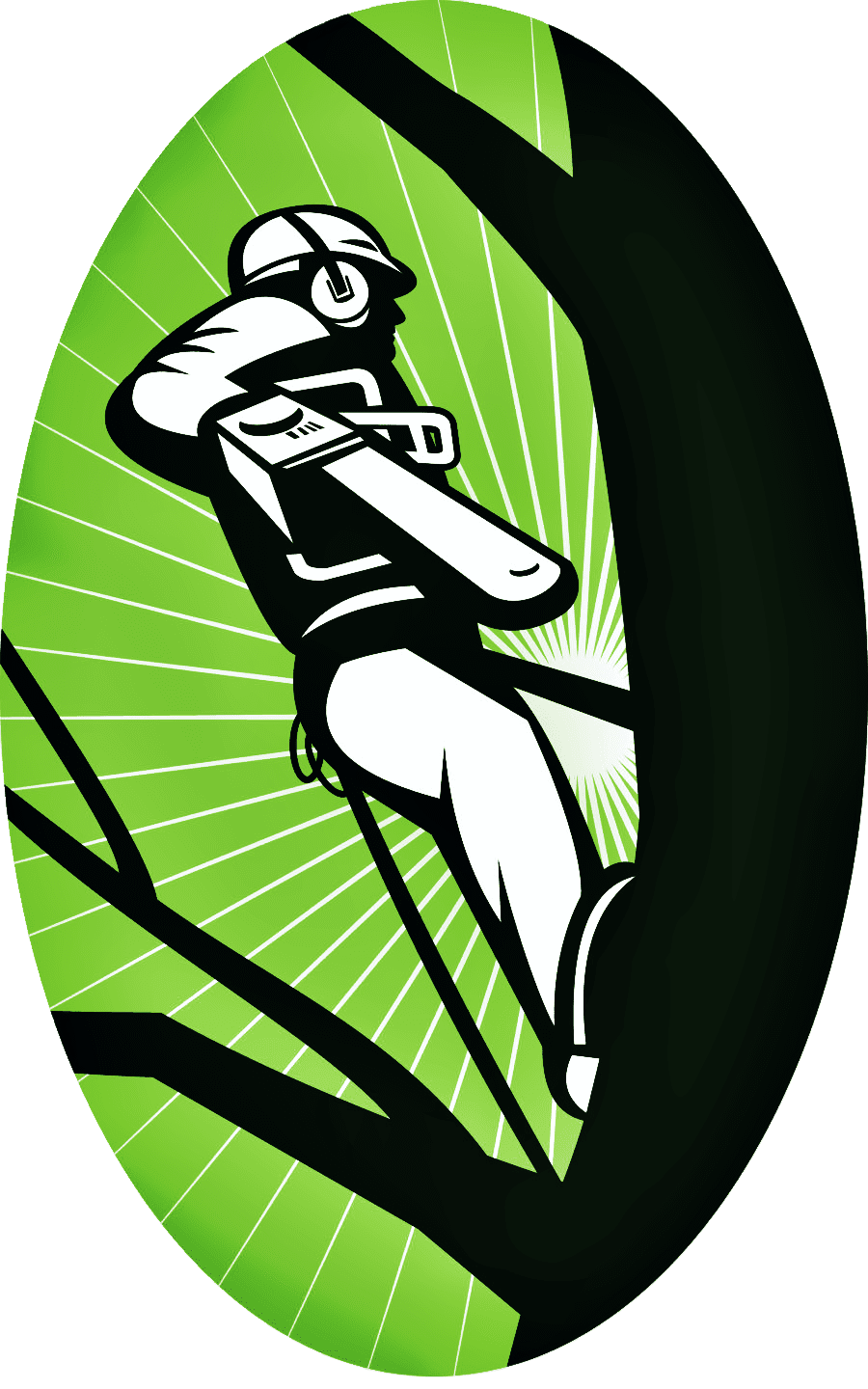
Tree Trimming vs. Tree Pruning
If you’re a homeowner who cares for their yard, chances are you’ve considered tree trimming and tree pruning before. Both are excellent services within the tree industry. The differences are subtle, though. Pruning is used to remove unnecessary branches. Trimming, on the other hand, promotes healthy growth. Both services are performed at separate times of the year, using vastly different pieces of equipment, to provide a better aesthetic & healthier tree. Understanding the difference, though, is crucial.
What Is Tree Trimming?
Tree trimming is the process of removing overgrown or obstructing branches from a tree. This is done to keep the tree healthy, improve its appearance, protect nearby structures, and prevent it from interfering with power lines. Trimming promotes healthy growth patterns, removes potential safety hazards, and helps maintain a tree’s natural shape. Professionals generally focus on removing green shoots, which helps encourage healthier growth overall. On top of growth, trimming also improves the appearance of the tree itself.
Is Trimming Healthy for Trees?
Yes, when done correctly, trimming is healthy for trees. It removes dead, diseased, or crossing branches, improves airflow and light penetration, and can stimulate new growth. Proper trimming also helps the tree maintain a strong structure, reducing the risk of damage during storms.
What Is Tree Pruning?
Pruning is an arboricultural practice that involves the selective removal of tree parts like branches, buds, or roots. It’s done to improve a plant’s shape, control its size, promote healthy growth, and encourage flowering or fruit production. Pruning is often used on trees, shrubs, and roses.
Is Pruning Healthy for Trees?
When done properly, pruning is a vital part of maintaining healthy trees. It promotes strong growth, improves airflow and light penetration, and removes dead, diseased, or dangerous branches. Pruning helps trees develop a strong structure, making them less susceptible to storm damage. However, improper pruning can harm the tree. That’s why Wilson Tree Works recommends consulting our certified arborist for expert pruning services to ensure your trees stay healthy and beautiful. In some cases, branches grow in the wrong direction. They push towards electrical utility wires or structures. Pruning helps keep unwanted growth in check.
Best Time to Prune Trees?
The best time to prune trees varies depending on the species. Generally, deciduous trees are best pruned during the dormant season (late winter/early spring) for faster healing and reduced risk of disease. Flowering trees should be pruned after blooming to avoid limiting flower production. Always consult our certified arborist at Wilson Tree Works for expert advice on the ideal pruning time for your trees.
Arborists Adhering to the ANSI A300 Pruning Standard Will Not:
- Leave Branch Stubs
- Make Unnecessary Heading Cuts
- Cut Off the Branch Collar (Not Make a Flush Cut)
- Top or Lion’s Tail Trees (Stripping a Branch from the Inside, Leaving Foliage Just at the Ends)
- Remove More Than 25% of the Foliage of a Single Branch
- Remove More Than 25% of the Total Tree Foliage in a Single Year
- Damage Other Parts of the Tree During Pruning
- Use Wound Paint
- Prune Without a Good Reason
- Climb the Tree with Climbing Spikes
Safe Tree Removal
Damaged or dead trees can be as much a nuisance as they can be hazardous. Removing a dead or damaged tree is often the most technical part of tree care and can be extremely dangerous. Countless accidents, even fatal ones, occur every year from do-it-yourselfers or even inexperienced tree workers trying to remove trees without the proper training and equipment. You need an experienced arborist with a tree removal company to safely perform this essential task.
Many arborists joined the tree care industry because of the art of tree removal. The act of removing a tree can involve technical rigging and roping techniques, hoisting limbs and leaders with winch devices, safely and efficiently picking out large portions of a tree with a crane, or just notching and accurately dropping. Removing a tree can be an enjoyable challenge for a tree care specialist.
We highly recommend any tree removal be completed by professionals such as those at Wilson Tree Works. We provide only the most experienced ground personnel and qualified tree removal specialists for this dangerous and important task. Our experts make us the top tree removal company in our service area.
Tree removal is not a service we like to emphasize, but it is a very necessary part of arboriculture and one that Wilson Tree Works executes professionally and safely. Our goal is, and has always been, to provide services that keep trees healthy, but there are instances when removal is the best alternative for the landscape and homeowner.
Tree removals are performed to eliminate dead and dying trees as well as those that have become hazardous. Removals can also be useful in eliminating competition for light and space so that the remaining plants are better able to grow and thrive. In some cases, trees may also be removed to allow for new construction, home additions and to provide clearances with those structures.
Tree removal is the most hazardous aspect of arboriculture. Often, tree workers must remove trees growing in confined spaces near houses, utility lines and other sensitive areas. Tree removal requires considerable expertise to successfully perform this task.
At Wilson Tree Works, our arborists are highly trained to work safely and efficiently in all tree removals. We provide thorough clean up of debris and strive to minimize the impact to surrounding vegetation.
Stump Removal & Stump Grinding
Tree Stumps Attract Pests
Tree stumps attract wood-eating pests, like carpenter ants and termites. When these pests are done with your stump, they’ll start looking for a new food source in your other trees or even your house. Tree stumps can also attract issues like fungi that could be poisonous to other plants and wildlife. That said, some mushrooms could also be a natural part of the decomposition process and are not always cause for alarm
Tree Stumps Can Keep Growing
Stumps may also keep the former tree’s root system alive, allowing it to continue to grow. These roots could impact the structures like foundations, driveways, or sidewalks as well as sap nutrients from the soil needed by other plants. If the roots are close to the soil, then they and the stump itself could be challenging to mow around. Tree stumps can also sprout suckers which may eventually lead to new tree trunks that are not structurally sound. These poorly attached “sucker” trunks are more likely to fail in stressful weather situations and cause harm.
Tree Stumps Can Take a While to Decompose
If you do nothing, then your tree stump will eventually decompose. However, this could take several years. How quickly the stump decomposes may depend on the size of the stump, the type of tree that it was, pests, environment, and other additional factors.
Chemicals to Speed Up Decomposition
You can help your tree stump rot more quickly by dosing it with chemicals. This method is only effective for a stump that has already begun to dry out and decompose. Start by drilling several holes in the stump about 10 inches deep. Fill the holes with a mixture containing potassium nitrate, which is used to burn the wood. You can buy tree stump removal chemicals specifically tailored for the job. Fill the holes with water to dissolve the chemical and wait. This will speed along the stump’s decay. It could take several months for the stump to decay enough for you to effectively chip it away and dig it out. Remember that some chemicals can pose a risk to you and the surrounding environment.
Leftovers Can Cause Problems
Finally, if you fail to fully rid yourself of the trunk, you’ll continue to have the same problems and risks listed above. Unfortunately, you may put a lot of effort and sweat into a stump removal without achieving your desired results.
Tree Stump Grinding
Grinding is the fastest and most effective way of removing a tree stump. It involves essentially mulching and breaking up the stump using a large machine with a toothed wheel called a stump grinder. Although it is most effective, it can be extremely dangerous if you’re not properly prepared.
Replanting After Stump Removal
Stumps can negatively impact the value of your home, while new growth could give it a boost. If you’re getting rid of a stump, you may want to plant something else to fill the empty space. However, it’s not as simple as just putting a sapling where the stump used to be. There are some things you’ll want to consider before planting that new tree. Don’t plant that new tree directly where the old one used to be. In fact, if you can avoid doing it in the same area entirely, that would be best. The soil has likely been stripped of nutrients by the old root system. However, if you’ve got limited options and you must plant the new tree near the old root system, aim to make it at least a few feet away from the old stump – more if the tree was large.You also want to help the old root system die. Dig up as much of it as you can. Consider waiting a year or two to give it time to further decompose. If the old root system is too healthy, then it will compete with the new tree for resources. The old root system and any remaining stump material could also negatively impact the new plant’s root development due to soil compaction and a lack of space.
Finally, think about what killed the other tree. If it was a disease of some kind, then choose a new tree that won’t be affected by the same condition. For Nevada, it helps to consider trees that are well-suited to dry climates as under-watering can also affect tree health.
Emergency Services
Wilson Tree Works provides a wide range of solutions aimed at quickly handling urgent tree problems that present immediate risks. Our emergency services include:
- Swift Tree Removal: Promptly extracting fallen or potentially falling trees from structures, roads, power lines, or other areas, averting risks and potential damage.
- Storm-Damage Tree Removal: Extracting trees harmed by storms, strong winds, lightning strikes, or heavy snow, which might jeopardize both property and individuals.
- Unstable Branch Elimination: Instantly eliminating precarious or hanging branches that could drop and cause harm amid or after severe weather conditions.
- Obstruction Clearance: Clearing away downed trees from roadways, driveways, pathways, and other obstructed zones to reinstate accessibility and hinder accidents.
- Emergency Pruning: Trimming and pruning compromised or feeble branches that present imminent dangers to structures or people.
- Prompt Stump Removal: Eradicating tree stumps that remain post-fall or removal, which might obstruct paths or new construction endeavors.
- Uprooted Tree Disposal: Extracting fallen-over uprooted trees that endanger property or impede movement.
- Hazardous Tree Evaluation: Swiftly assessing potentially risky trees to determine if removal is necessary for averting future hazards.
- Accident Response: Addressing tree-related incidents, such as trees falling onto vehicles or buildings, and ensuring secure removal to mitigate risks.
- Immediate Cleanup: Clearing debris and removing fallen branches and tree remnants to reestablish order and safety to the environment.
Each of these services aims to address different aspects of tree-related emergencies promptly and effectively, prioritizing safety and minimizing risks to property and people.
Immediate Tree Removal Response
We understand that when it comes to an emergency tree removal, time and safety are the utmost priorities. That’s why our team of experts is always ready to respond at a moment’s notice, 24 hours a day, 7 days a week. We will arrive on-site within two hours of your call or sooner if necessary, so that we can quickly assess the situation and ensure a safe tree removal.
Safety Measures for Emergency Tree Removal
- First, make sure everyone is okay and find somewhere safe to move to if you feel unsafe.
- If anyone is injured, call 911 immediately.
- If there are power lines down near you, call 911 and your power company to let them know.
- Call your homeowner’s insurance provider and take pictures of the damage safely if possible.
- Finally, call the Wilson Tree Works team and your preferred local roofing company to remove any fallen limbs and trees safely.
Our Goal is to Give You One Less Thing to Worry About During the Disaster Response & Repair Process!
FIRE FUEL REDUCTION & DEFENSIBLE SPACE
With The High Winds, and Dry Atmosphere The Goal is to Protect Your Home While Providing a Safe & Accessible Area for FireFighters!
Living in Northern Nevada means being aware of the threat of wildfires. One of the most effective ways to protect your property from wildfire is by creating a defensible space. Defensible space is the area around a structure that has been modified to reduce the ignition potential of vegetation and other combustible materials. Defensible space services are a critical component of wildfire preparedness. But what exactly are defensible space services, and how can Wilson Tree Works help you accomplish your goals?
Defensible space is the buffer zone around a structure that has been modified to reduce the ignition potential of vegetation and other combustible materials “Reducing the transfer of heat from one fuel source to another”. This space serves as a buffer between a wildfire and a structure, making it more difficult for the wildfire to spread to the structure. Defensible space is a critical component of wildfire preparedness by creating defensible space, property owners can increase the chances of their property surviving a wildfire.
Here are some of the services offered as part of defensible space services:
- Tree removal – Removing dead, dying, diseased trees and those that are too close to structures or overcrowding tree growth.
- Tree Trimming & Pruning – Removing All Dead Limbs from Trees & Bushes, While Removing Lower Tree Limbs to Reduce Fire Spread
- Clearing All Buildings, Roof’s & Chimneys of Tree Limbs (10ft Minimum Clearance)
- Removing All Stumps & Surface Roots to Slow Fire Fuel
Defensible space services play a vital role in ensuring your property’s survival during a wildfire. If you are looking to safeguard your property, look no further than Wilson Tree Works. Our team is equipped with the knowledge, expertise, and resources to help you achieve a fire-resistant environment around your home or building.
TOPPING IS FOR ICE CREAM NOT FOR TREES
What is Tree Topping?
Tree topping is actually what it sounds like. It’s the point of which you cut the highest point of a tree off, which diminishes the tree’s top branches, almost like giving a tree a buzz cut haircut. This practice is considered bad for several reasons:
- Tree health: Topping removes a significant portion of a tree’s crown, which can reduce its ability to produce food through photosynthesis. The tree may also experience stress, making it more susceptible to disease, insect infestations, and decay.
- Structural integrity: Topping can weaken a tree’s structure by removing its main branches, causing it to grow weaker, poorly attached branches that are more prone to breaking and falling.
- Aesthetics: Topping can leave a tree with a disfigured appearance, often resulting in an unsightly and unbalanced appearance.
- Safety: Topped trees are more likely to have weakened branches that are prone to breaking and falling, posing a hazard to people and property.
- Cost: Tree topping is a short-term solution that requires frequent maintenance, and it can be expensive to continually maintain the tree as it regrows.
In summary, tree topping is not a recommended practice as it can harm the tree’s health, structural integrity, aesthetics, and safety, and can be costly. Instead, selective pruning methods should be used to maintain the health, structure, and appearance of the tree.
What is Crown Reduction?
Crown reduction is a common tree pruning technique that involves selectively reducing the height and/or spread of a tree’s crown, which is the uppermost part of the tree that consists of branches, leaves, and other foliage. This pruning technique is often used to manage the size and shape of a tree, as well as to improve its structural integrity, health, and overall appearance. Crown reduction can be an effective technique for managing trees that have outgrown their space, especially in urban areas where space is limited. Reducing the size of the tree’s crown, it can allow more light to filter through to the ground and create a more open and inviting space. Additionally, crown reduction can help to prevent damage to nearby structures, such as homes and power lines, by reducing the risk of falling branches.
Why We Recommend Crown Reduction Over Tree Topping
- Tree stress: Tree topping puts significant stress on the tree. Removing large branches or the entire crown of a tree can cause significant shock to the tree, and it may struggle to recover from the damage. This can lead to stunted growth, reduced vitality, and increased susceptibility to pests and disease.
- Regrowth issues: After a tree has been topped, it may produce numerous small, weakly attached branches that are prone to breakage. These branches can also sprout from the cut stump, leading to a dense cluster of new growth that is unsightly and difficult to manage.
- Aesthetics: Tree topping results in an unsightly tree that is often misshapen and disfigured. The tree’s natural form and beauty are compromised, and it can take many years for the tree to regain its natural shape.
- Safety: Topped trees can pose a safety hazard to people and property. The new growth that sprouts after topping is often weak and prone to breakage, which can create a hazard for both people and property.
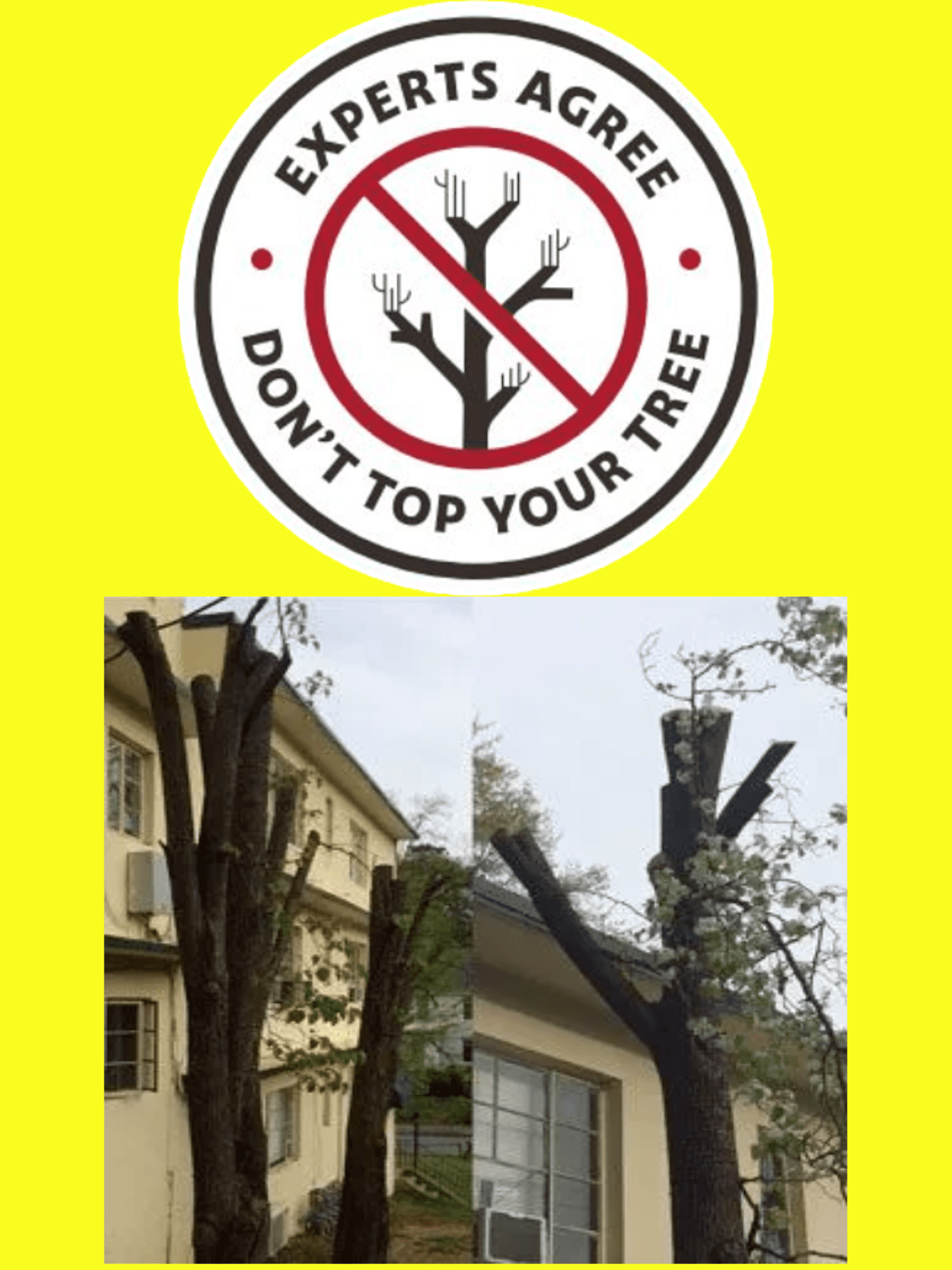
Tree Topping - Facts vs. Fiction
FICTION: “Topping Rejuvenates The Tree”
Fact: Tree topping usually removes so much of the tree’s crown that it can unbalance an older tree’s root-to-shoot ratio and temporarily cut off its ability to make food. When trees are topped, they will typically respond by readily growing new shoots. From that point forward they become high-maintenance. Most must be pruned regularly in an attempt to restore normal structure and growth. Pruning a tree annually is not environmentally sustainable or cost-effective. Your tree will also be more susceptible to disease and insect problems.
FICTION: “The Tree Is Too Big and Casts Too Much Shade, and Needs to be Reduced by Topping”
Fact: By their very nature, trees create shade, which means you really can’t plant anything underneath and expect full success. But in some instances, proper selective pruning, NOT topping, can reduce the bulk of a tree, letting in more light and allowing wind to pass through the tree. Proper pruning does not stimulate regrowth, and the tree will not respond as drastically as when topped or over-thinned. A qualified arborist is trained to understand which kinds of cuts to make (thinning cuts, not heading or topping cuts); he/she also knows when to stop.
If problems caused by a tree cannot be solved through acceptable management practices, the tree should be removed and replaced with another species or other plant material more appropriate for the site.
FICTION: “Topping a Tree is Cheaper Than Having it Pruned”
Fact: Initially, it might seem cheaper to cut the tree in half to get the result you are looking for. But over time the tree will require more frequent maintenance, and become a danger.
Drastic topping cuts create opportunities for epicormic shoots on the remaining trunk to grow quickly into large, poorly attached branches, if the tree doesn’t just die outright. The potential for them to break off and cause a hazard to property or people is very high. From a legal standpoint, the owner or owners of such a tree may be responsible for damages if it can be proved they were negligent. Incorrect pruning can cause trees to become hazardous, and therefore is negligence.
FICTION: “Topping is a Time-Tested Way to Prune a Tree”
Fact: Topping is not a standard practice, and in fact is “outlawed” by national tree care standards. Topping has always been controversial. If someone tells you they have always done it that way, it’s a good bet they aren’t up to speed with the latest, scientific tree care methods.
FICTION: “A Banana Split With all the Toppings is Considered a Serving of Fruit”
Fact: We may not know diets, but we do know trees. Topping is for ice cream, not trees.
So how can you reduce a tree’s growth without the injurious effects of the “toppings?” Consult with a professional arborist who is bound by an industry code of ethics to provide proper pruning according to the profession’s tree care standards.
If a tree service company were to recommend tree topping or practices tree topping, they are not arborists and should not be in business!
Hacks top trees not arborists!
